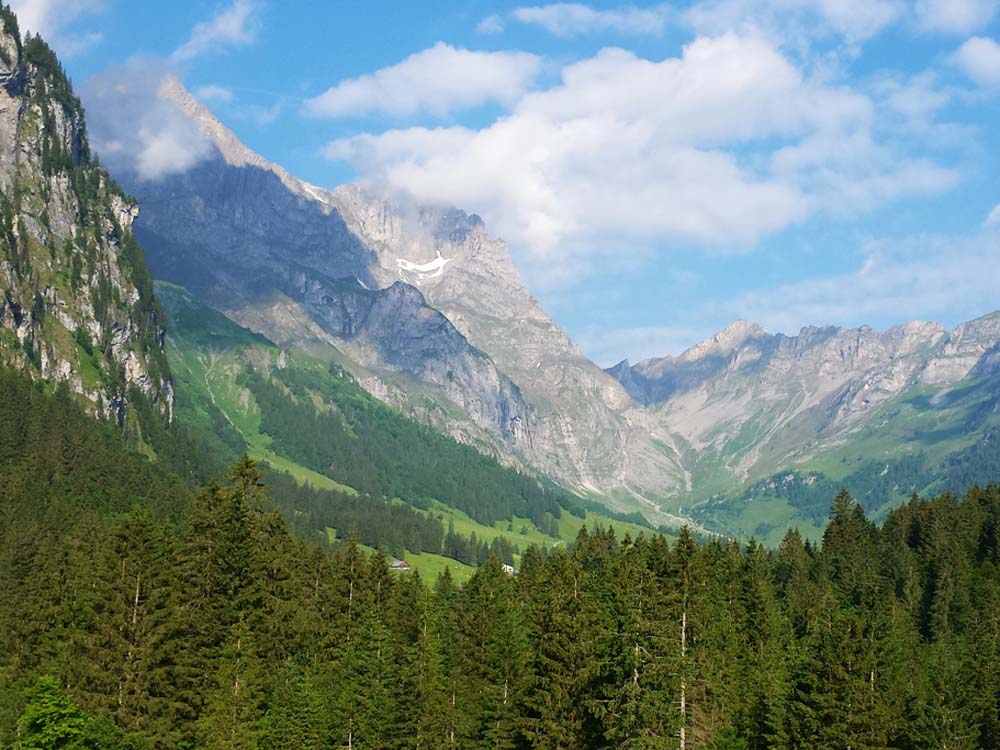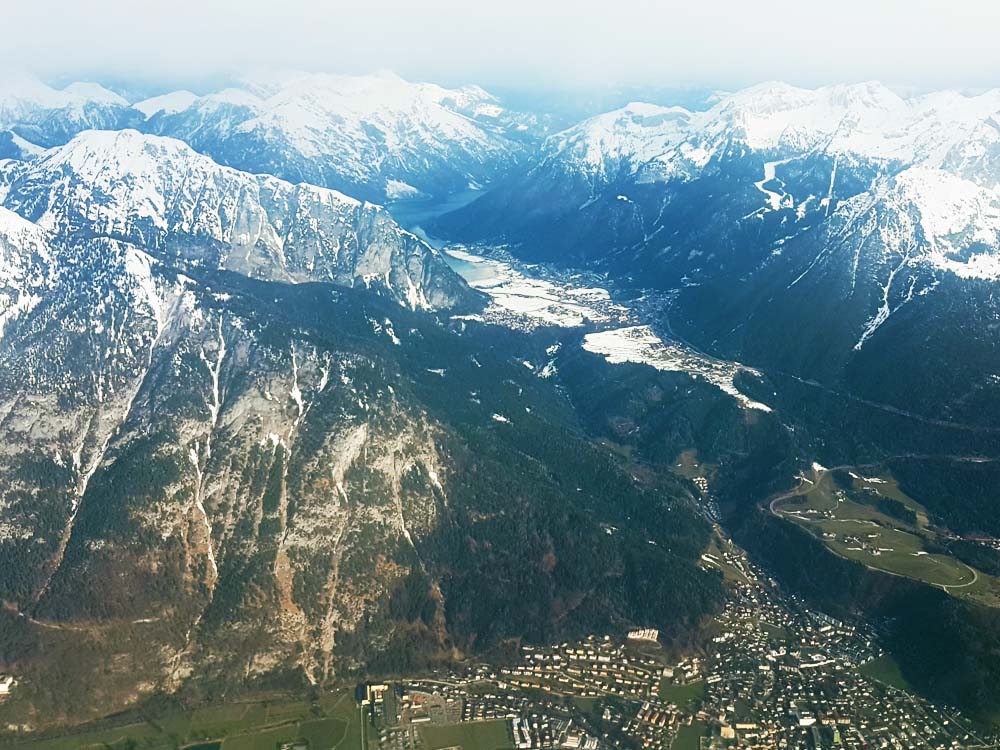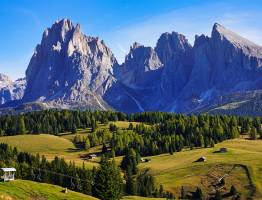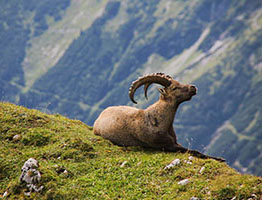Alps from Vienna to Nice
The Alps stretch in a long arc, from Nice in southern France, to Vienna, the capital of Austria. The total length of the Alps is almost 1,200 kilometres and its width ranges from 150 to 250 kilometres. The Alps are a relatively young mountain range. The process by which mountains are formed is still ongoing today.
Where are the Alps located?
The Alps are located in Europe and run from the bottom of France, through Switzerland, Liechtenstein and Italy to Germany, Austria and Slovenia. The borders of the Alps run from the Gulf of Genoa in the southwest, the Po Plain in Italy forms the southern border, the French and Swiss Jura in the west, the Danube near Vienna in the north, the Carpathians and finally the Hungarian lowlands in the west.
Highest mountains of the Alps
The highest mountains of the Alps can be found mainly in the western part. Here you will find peaks above 4,000 metres, such as the highest mountain, Mont Blanc of 4,810 metres. Want to know more about the 4000ers? Then check out the complete list of 4000-metre mountains in the Alps.
Creation of the Alps
The Alps were formed millions of years ago due to shifts in the Earth's crust. As tectonic plates (about 100 km thick layers in the earth) pushed against each other, the earth's crust was pushed up in certain places and these pieces of earth's crust were folded and pushed over each other. This process is still going on, which theoretically means the Alps are only getting higher. You can tell that the Alps is a fairly young mountain range because the peaks of the mountains are often pointy and steep. Old mountain ranges often have peaks that, thanks to the forces of nature, have flattened completely over time. Very briefly, you can say: the older the mountain range, the flatter the mountain peaks. During ice ages, the Alps were covered with an ice sheet. As glacial flows carved out the lower valleys, lakes such as Lake Constance, Lake Como and Lake Geneva were formed.
Climate in the Alps
The climate in the Alps can actually be divided into two parts, the Northern Alps and the Southern Alps. The climate in the southern Alps is more Mediterranean, with hot summers and mild winters. The climate in the northern Alps is more of a middle European climate and is characterised by mild and wet summers and colder winters. You will notice this difference immediately when travelling from the north to the south (or vice versa, of course). For instance, if you travel in summer from the northern side of the Tauern Tunnel, where it is wet and cold, to the southern side, chances are that the sun will be shining there.







